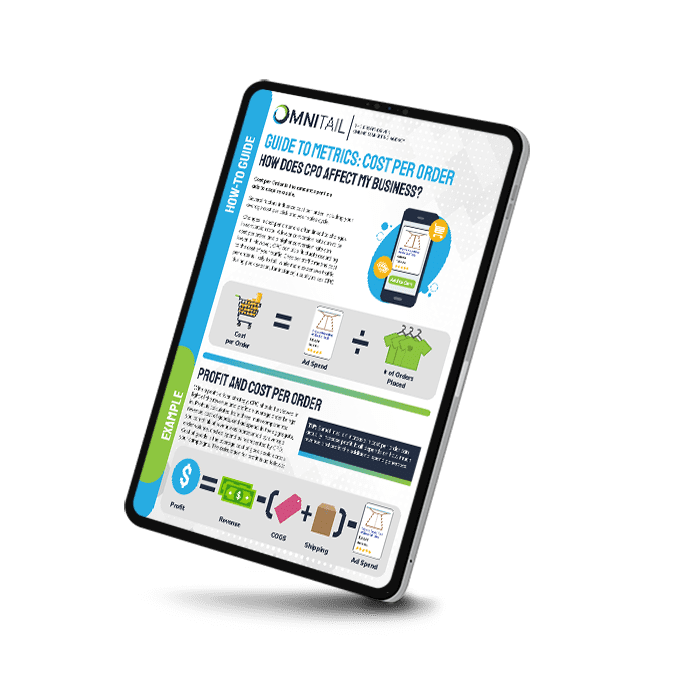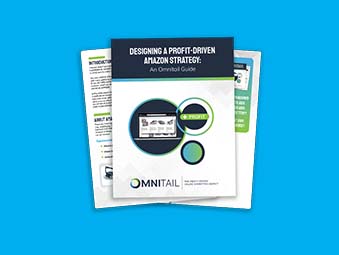Guide to Metrics: Cost per Order
What is Cost per Order and how does it affect your business? Learn how CPO is linked to Profit and AOV.

What's Inside



Ready to Track Cost per Order?
Should You Track Cost per Order?
If you manage a digital marketing campaign or marketing team, you might be wondering if cost per order is an important metric to track. Marketers often look at CPO/CPA as a benchmark for success—so is that the way to go for your business?
Not quite. We recommend profit as your core KPI.
While CPO shouldn’t be your key indicator of success, it is a useful metric to validate other changes you see across your campaigns. You can look at this metric along with Average Order Value (AOV) to see if Profit per Order (PPO) is increasing. If it is, that means you can justify and increase in ad spend.
This is just one of the ways you can use Cost per Order. As a part of our “Guide to Metrics” series, you’ll learn how to calculate CPO and what exactly this metric means for your business. We’ll explore the connection between CPO and profit—and how you can compare this metric to Average Order Value and Cost of Goods to make data-driven decisions about your campaign spend. Finally, we’ll look at a real-life example of how to analyze this metric.
By the end of the guide, you’ll know how to asses CPO when you introduce new products and during peak seasons—crucial times to look at this metric.






